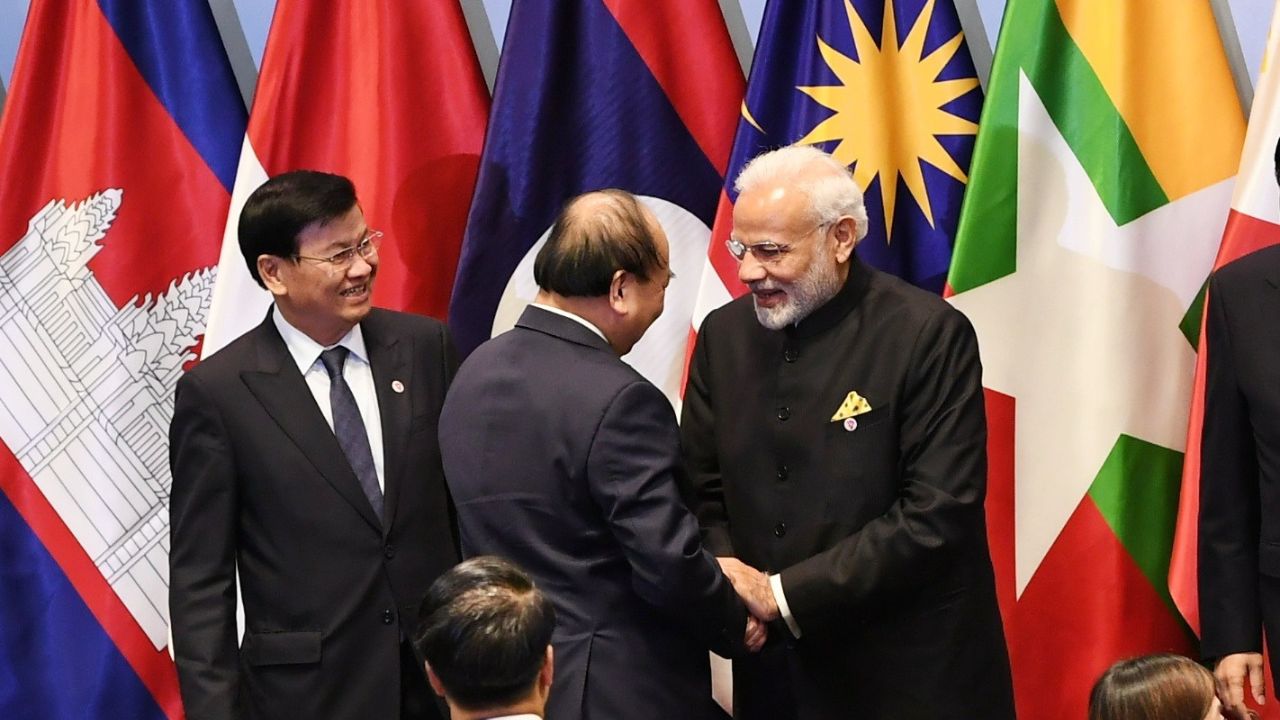Trade distortion and protectionism
Roadblocks to India’s manufacturing renaissance

Published 03 September 2024
The Modi administration’s ambitious Make in India campaign promised to eradicate poverty and spur domestic demand through the creation of 100 million jobs by 2022. The plan, so far, has been a failure. To achieve a genuine renaissance in manufacturing, the government needs to do more to remove policy roadblocks and level the playing field for both foreign and domestic investors.
Although Indian policymakers routinely tout the country’s status as the fastest growing economy in the Group of 20 developing economies, there is a profound realization in domestic policy circles that India’s growth trajectory will largely depend on its ability to pivot growth drivers away from services, on which it relied for many decades, to a manufacturing sector that can more robustly add value, jobs, and productivity. This awareness propelled the launch of Modi’s ambitious Make in India (MII) program in September 2014, months after he took office.
Modi framed MII’s objectives in simple economic terms. MII was built on the premise that the program, if well implemented, would see a sharp increase in poverty eradication, job creation, domestic demand, and manufacturing’s share of gross domestic product (GDP) from 14% to around 25% in a decade. The government solicited domestic and foreign investment across three main pillars: new processes, new infrastructure, and new sectors.
To incentivize investment into India’s industrial sectors, the government unveiled generous subsidies totaling US$28 billion under a production-linked incentive (PLI) program. The PLI broke with India’s past approach of sheltering state-owned enterprises and sent a signal that the government was willing to put its financial muscle to ensure that the MII program gained momentum. But the much-anticipated flow of investment has stagnated, despite the country benefiting from favorable global tailwinds as strategic competition between China and the US intensifies. Official data posit a significant increase in inbound FDI into India, but those from organizations like UN Trade and Development show a pronounced dip from 2020.
Download Roadblocks to India's manufacturing renaissance by Vasuki Shastry:

As we mark the 10th anniversary of Modi’s signature program, Vasuki Shastry, Former Associate Fellow in the Asia-Pacific Programme at the Chatham House, takes stock on whether MII has achieved its two stated strategic objective: reducing India’s overdependence on the services sector for growth, and creating quality jobs for the tens of millions of young Indians entering the job market each year. The job creation challenge is a particularly acute one for a large developing country like India. On this count, MII has had patchy success. While official data show that total employment in the country’s industrial sectors rose from 57 million in 2017-18 to 62.4 million in 2019-20, data from the Centre for Monitoring Indian Economy indicate that, in the 12 months ended March 2023, unemployment in India’s youth aged 20 to 24 years rose to 45%.
Make in India has been a qualified failure. To achieve excellence in manufacturing, India will have to level the industrial playing field, roll back privileges to favored domestic business groups, set an even bolder ambition to increase manufacturing’s share of GDP, and pursue a cohesive approach to aligning the program with higher education and technical training.
© The Hinrich Foundation. See our website Terms and conditions for our copyright and reprint policy. All statements of fact and the views, conclusions and recommendations expressed in this publication are the sole responsibility of the author(s).
Author
Vasuki Shastry
Vasuki Shastry, formerly with the IMF, Singapore central bank, and Standard Chartered Bank, is a former journalist who has written extensively about Asia. He serves on the Advisory Council of Chatham House (UK & The World project) and the Institute of Human Rights and Business.
Have any feedback on this article?




